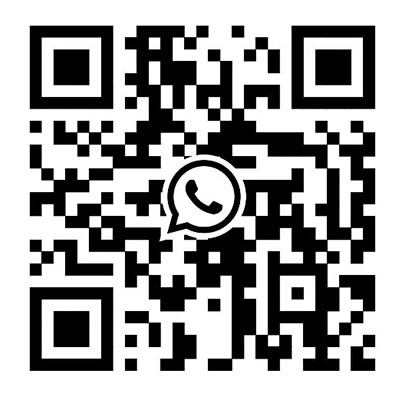- Home
-
Products
MID Energy Meter UL Energy Meter Wireless IoT Energy Meter Din Rail Single Phase Energy Meter Din Rail Three Phase Energy Meter Panel Three Phase Energy MeterAMC Series AC Current Meter AMC Series AC Voltage Meter AMC Series AC Power Meter PZ Series AC Current Meter PZ Series AC Voltage MeterAMC16 Series Data Center Monitoring Device AMC100 Series Data Center Monitoring Device Touch Screen Power Meter
-
Solutions & Application
- Acrel IoT Energy Power Online Management Cloud & Platform System
- Solar PV Enegry Monitoring & Management Solutions
- Prepaid & Postpaid Electricity Management Solutions
- Medical IT System Insulation Monitoring Solution
- Wireless Temperature Monitoring Solutions
- Data Center Energy Monitoring & Management Solutions
- Charging Pile Energy Management Solution
- WHD Temperature & Humidity Monitoring & Controlling Solution
- Base Station Energy Consumption Monitoring & Management Solution
- Support Center
- Projects & Blog
- About Us
- Contact Us

 EN
EN
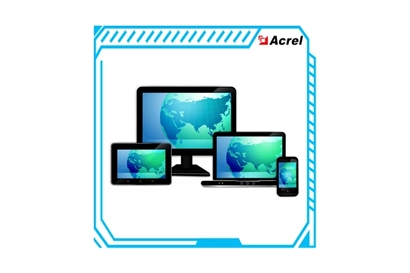
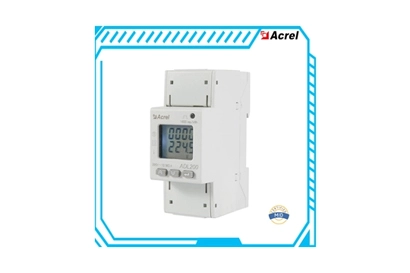
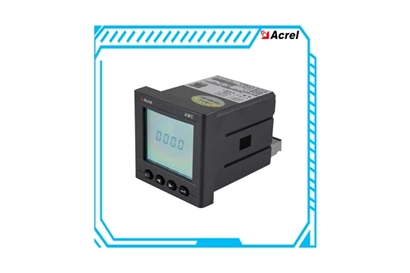
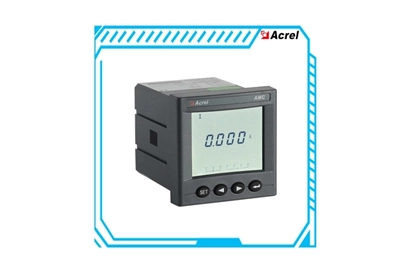
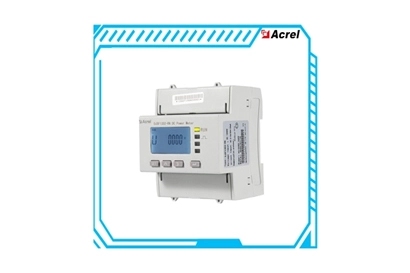
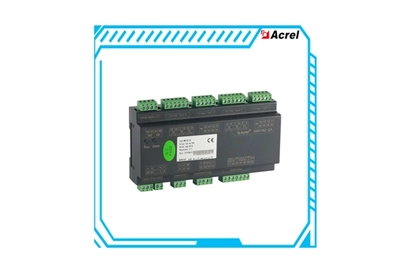
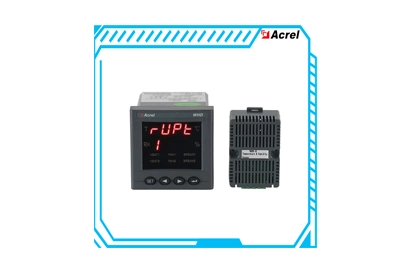
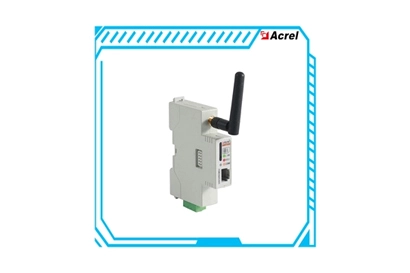


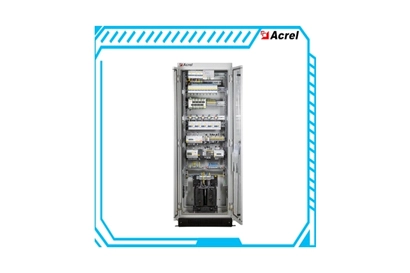


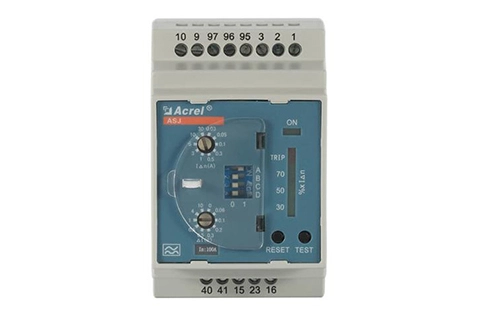
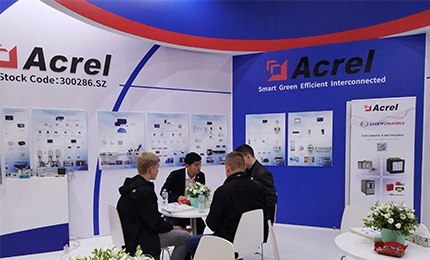

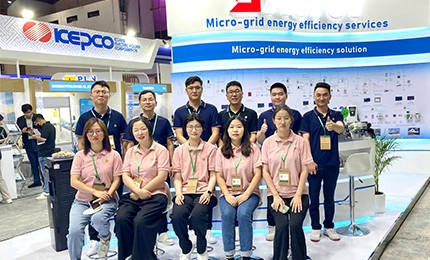
 Call us on:
Call us on:  Email Us:
Email Us:  No. 253, Yulv Road, Jiading Zone, Shanghai, China
No. 253, Yulv Road, Jiading Zone, Shanghai, China 
